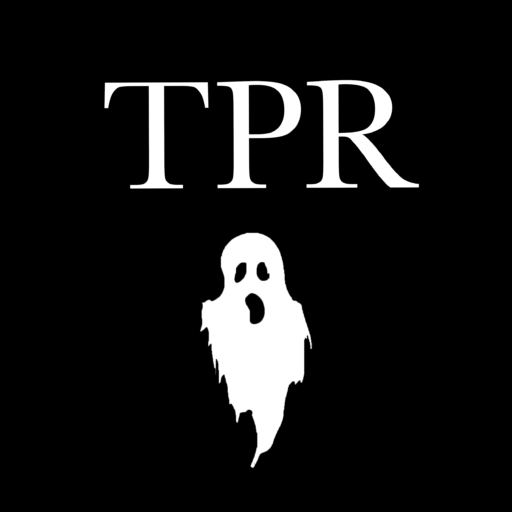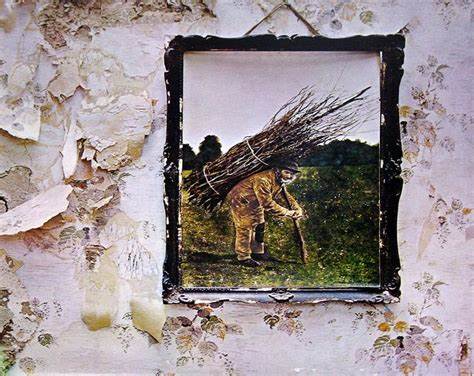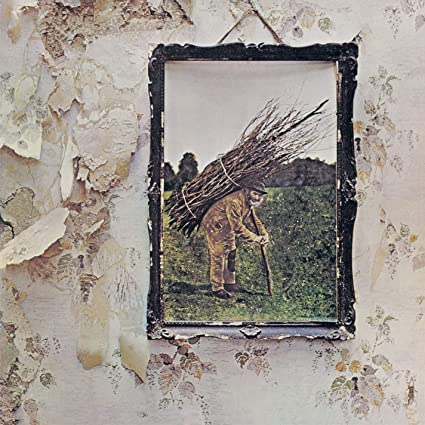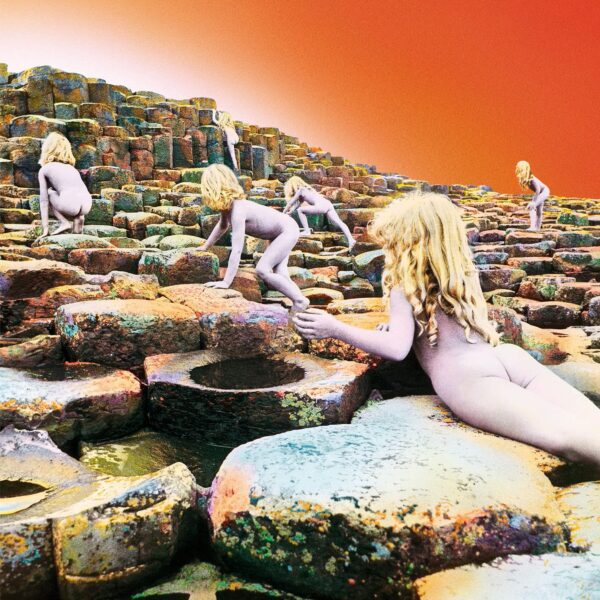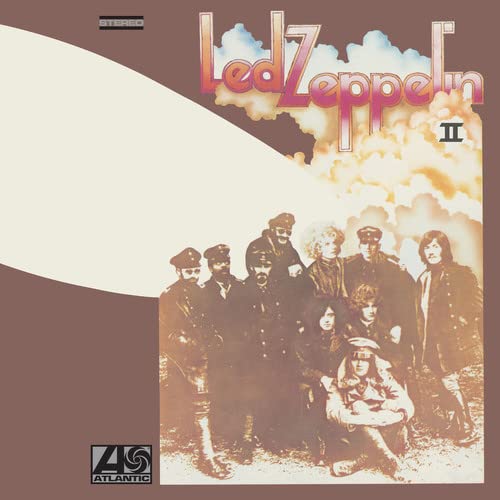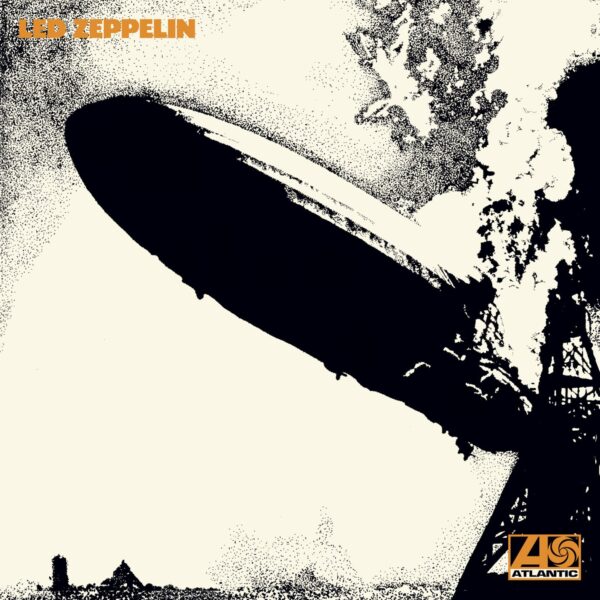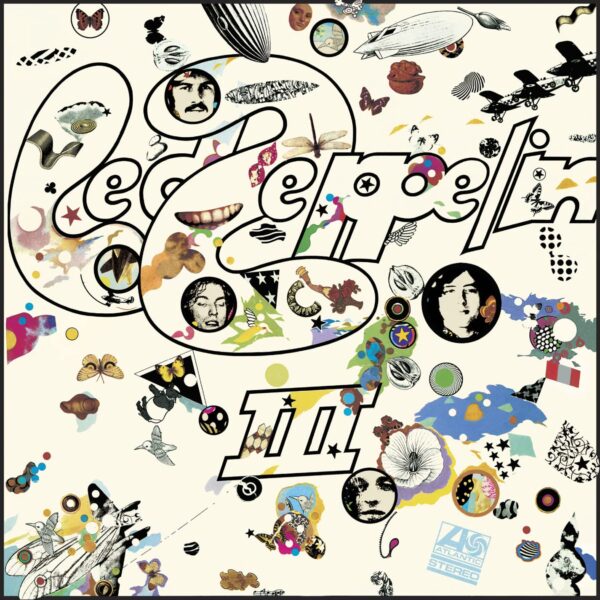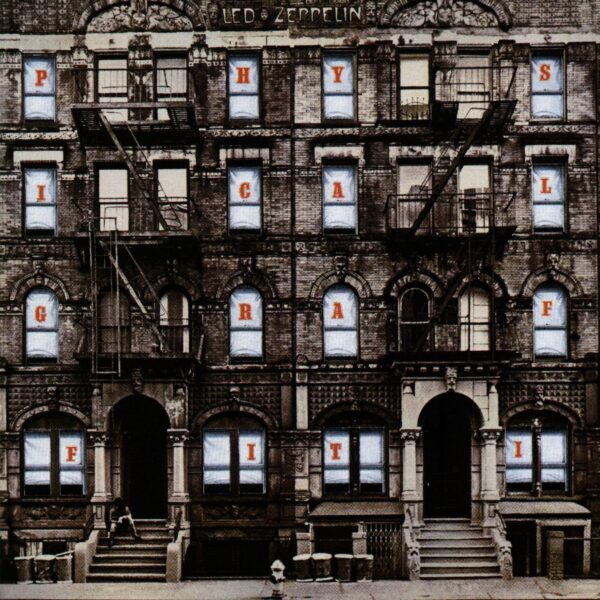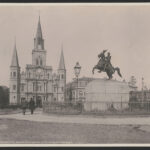One of the coolest recording studios in all of Rock-n-Roll history is also the most HAUNTED.
What is Headley Grange? Constructed in 1795 as the “Headley House of Industry”, the home and its surrounding acreage located in Hampshire, England was used as a workhouse for orphans, elders, illegitimate children, and the poor. It was eventually converted into a private residence, an art school, and a recording studio. Led Zeppelin used Headley Grange as their primary recording studio for the albums Led Zeppelin III, Led Zeppelin IV, Houses of the Holy, and Physical Graffiti. The Headley Grange recording studio was also host to Fleetwood Mac, Bad Company, Genesis, The Pretty Things, Ozark Mountain Daredevils, Ian Dury, Clover, and Elvis Costello. Many of the bands that recorded at Headley Grange recount strange paranormal activity from creaking noises, moving furniture, and apparitions walking the grounds of this almost 250 year old estate. Today the home is a private residence and does not offer tours.
Now I know you want to hear about the ghost stories, but first let’s go over the history of Headley Grange before diving into the folklore that surrounds it.
To skip to the ghost story click here
The History of Headley Grange
Headley House of Industry (Headley Grange) was built in 1795 in Headley Village of Hampshire, England The three story stone house reportedly cost 1500 pounds ($1800) to construct. The building was originally constructed as a workhouse (poor house) for illegitimate children, orphans, and the old aged. Workhouses were originally designed to give the poor labor positions in exchange for housing. Eventually workhouses like Headley Grange became sanctuaries for those unable to work or be cared for like orphans, abandoned children and the elderly.
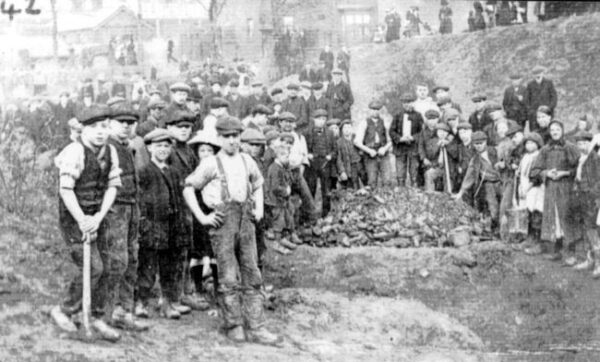
In the 1830’s, the Headley Village was experiencing many riots. After the battle of Waterloo, many British soldiers returned home to find they no longer had a job. The labor market was flooded with workers and wages were low. Rioters fighting for fair and reasonable wages began attacking workhouses across Hampshire. On November 23rd, 1830 a group of over 1000 rioters arrived at Headley Grange and began to ransack the workhouse. Essentially destroying the building, Headley Grange would need extensive repairs. By 1870, the building was sold to Thomas Kemp who renovated the house into a private residence. For the next 90 years the home would be used as a private residence. In 1960, the house was rented to Americans visiting England, as well as Farnham School of Art. Around this time, recording labels like Virgin Records found out about Headley Grange. This ushered in a new era for the aging estate.
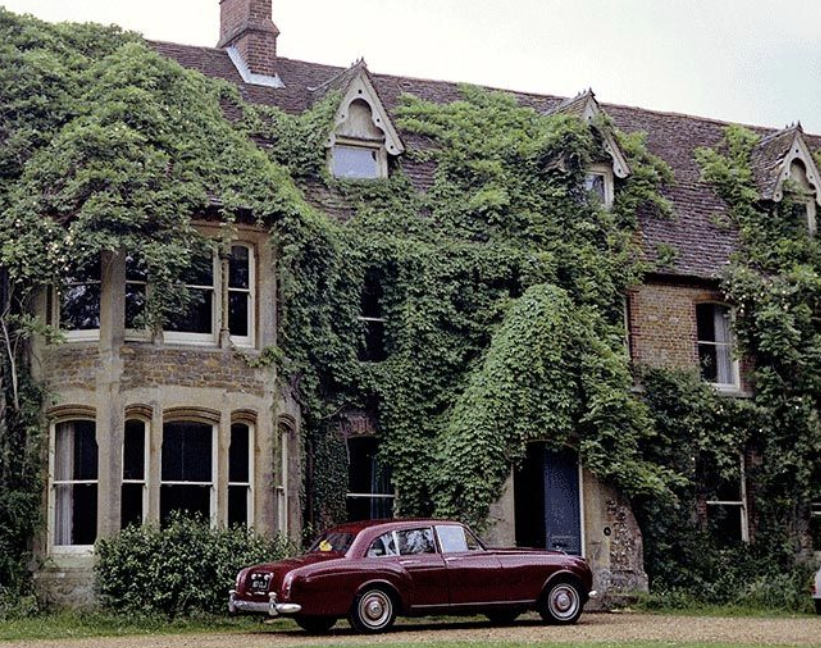
Image Source: www.headley-village.com
Over the next couple decades, musicians flocked to this quiet estate to focus on their work. Headley Grange is out in the country a few hours away from London. The rural aspect offered aspiring musicians a quiet getaway to become inspired and focus on writing music. The most famous artists that recorded at Headley Grange were Led Zeppelin, Fleetwood Mac, Bad Company, Genesis, The Pretty Things, Ozark Mountain Daredevils, Ian Dury, Clover, and Elvis Costello. Headley Grange soon became known as one of the best places to record in all of England. During this time it also became famous for its ghosts.
Led Zeppelin’s Haunted Encounters at Headley Grange
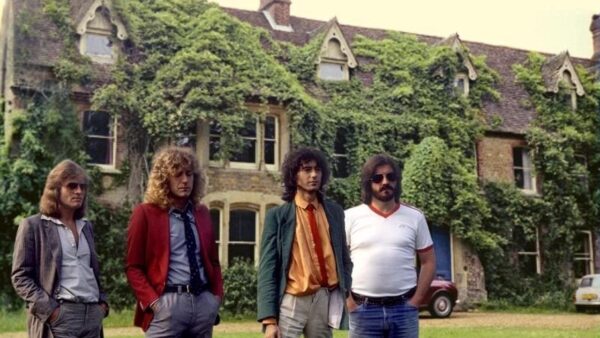
Image Source: www.dailyadvent.com
Headley Grange became known as “The Fifth Member” of Led Zeppelin. The old decrepit house became the birthplace of many of the band’s most famous songs. Led Zeppelin III, Led Zeppelin IV, Houses of the Holy, and Physical Graffiti, were all either composed or written while at Headley Grange. Some of the band’s most popular songs like “Black Dog”, “When the Levee Breaks”, and even “Stairway to Heaven” were inspired by Headley Grange. Many of the imagery depicted by the lyrics and sounds of these songs was a product of the beautiful countryside surrounding the estate. Even the way in which the building was constructed gave the recordings of these songs a unique sound. The famous drum intro to “When The Levee Breaks” was recorded at the top of the main staircase of the home. The echoing drum sound was attributed to the stone floors and walls, paired with extremely high ceilings.
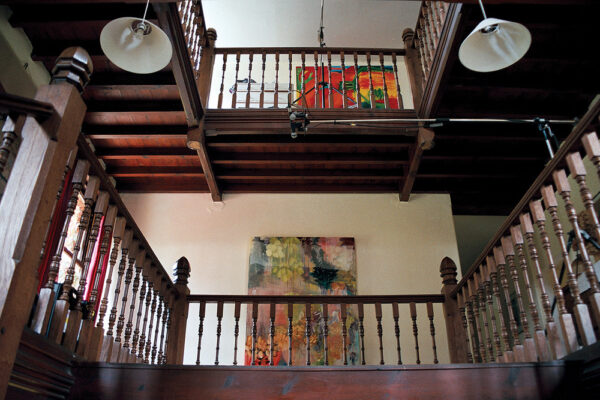
Image Source: www.soundonsound.com
The unique atmosphere and landscape of Headley Grange wasn’t the only thing that inspired the band’s otherworldly sound. The band quickly realized that Headley Grange was haunted. They reported hearing louds creaks and crashing sounds in parts of the home no one was in, and noticed that furniture was often moved around on its own. In one account, Jimmy Page remembers seeing a gray shadow at the top of the same stairs where “When the Levee Breaks” was recorded. Page reportedly became pretty obsessed with the paranormal activity in the home. By this point in his career he was deeply interested in the Occult and the works of Aleister Crowley. Jimmy Page even went on to purchase Crowley’s home in Loch Ness, Scotland.

Image Source: www.atlasobscura.com
Two famous songs from the band were inspired by paranormal events at Headley Grange. The song “Black Dog” was written about a mysterious black lab that would appear then disappear around the grounds of the home. The second song is one that is already shrouded in folklore and mystery. “Stairway to Heaven” was composed while sitting by the fireplace inside Headley Grange. Jimmy Page started playing the intro to the song and Robert Plant started writing lyrics. Within a few hours, Plant had written the entire lyrics to “Stairway to Heaven.” In an interview, Robert Plant stated that he felt like his hand was writing for him as if something had possessed his body and was writing the lyrics for him. Considering all the conspiracies surrounding “Stairway to Heaven”, this is really interesting. The band has come out on numerous occasions stating that there is no backmasking or hidden message in “Stairway to Heaven,” but what if they aren’t even aware of what they wrote. Could some spirit of entity at Headley Grange have possessed Robert Plant into writing the lyrics of Stairway to Heaven?
Phil Collins and Peter Gabriel’s Haunted encounters at Headley Grange
The Genesis band members also claim to have had paranormal experiences while recording at Headley Grange. Genesis visited Headley Grange shortly after Led Zeppelin, and for the same reasons. They were seeking out a place to write and record their newest album The Lamb Lies Down on Broadway, when they discovered the estate. The band had heard that Headley Grange was haunted, but wasn’t fully convinced until they stayed in the house. Phil Collins recounts hearing noises and footsteps in the house. During the entire recording process of The Lamb Lies Down on Broadway, he got very little sleep due to the activity in the home. Peter Gabriel also remembers experiencing paranormal activity. Oftentimes, Peter would notice furniture had been moved or here creaking footsteps coming from rooms nobody was in. Peter was convinced that Jimmy Page had cursed Headley Grange during his time spent there. At the same time Peter Gabriel was recording, he was also consulting with William Friedkin about writing the movie The Exorcist. Peter asked for time off to go and film The Exorcist, but the other band members wouldn’t allow it. Could it be possible that William Friedkin took some inspiration for the film The Exorcist from Peter’s stories about Headley Grange? I think it’s very possible given the mysterious paranormal phenomena that took place at this historic landmark.
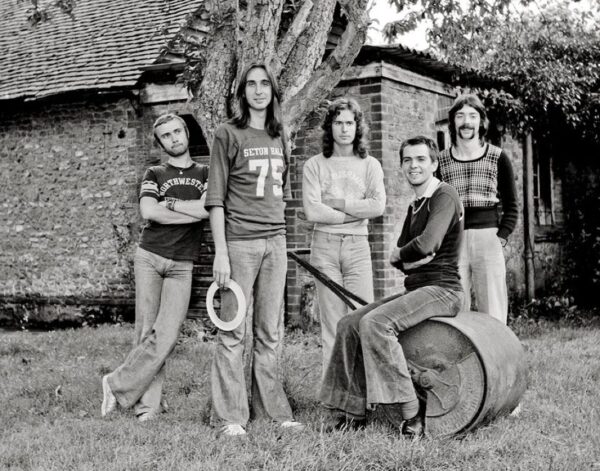
Or if you are already a fan of Led Zeppelin and want a new way to listen to their music, you can buy their vinyl records with my referral links below. You can even play “Stairway to Heaven” backwards for yourself and see if there are any hidden messages.
